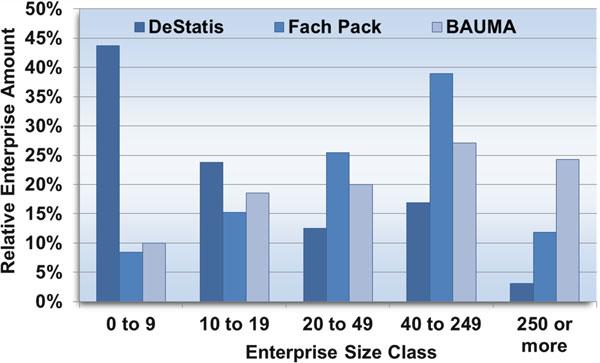2 Technological vs. Professional Services and Location Influences on KIBS…
17
mediated by the Networks factor, an increase of 0.14 and 0.09 innovations, respectively. It may thus be concluded that the Networks factor generates a positive impact on KIBS innovative capacities. This thereby corroborates other studies that point to the founding and running of networks as essential to the development of innovation (Moritra and Krishnamoorthy 2004). The length of manager experience also holds a direct impact and total of 0.04 this reflects how an additional year of experience fosters an average increase of 0.04 innovations (H7b). Hence, the fact that an entrepreneur or owner has built up greater experience in the sector implies that they shall seek to foster innovation into the future. As defended by various authors, entrepreneurial characteristics are fundamental to the existence of innovation within organisations (Webster 2004). The variable associated to location and given that the results demonstrate that whether KIBS are urban and professional generates a (total) direct impact of 0.46 and it may thus be inferred that a company’s location in an urban environment and engaged in professional sector activities leads to a rise of 0.48 in innovations. The urban professional and technological KIBS have a greater innovative capacity as confirmed hypotheses H13a and H13b. Finally the H14b is checked indicating that the urban technological KIBS tees significantly better financial performance. Aslesen and Isaksen (2007) have proposed urban technological KIBS companies hold greater innovative capacities (even while the gap is not especially large) than their professional KIBS peers, as identified by Freel (2006). The variable related to difficulties in terms organising innovation (H4) has a significantly direct negative impact, −0.21, on the number of innovations. An average rise of one unit attributed to difficulties in organising innovation causes an average slide of 0.21 in innovations. Thus, we find that KIBS companies experiencing internal difficulties in terms of how they handle innovation processes turn in lower levels of overall innovative capacity. As defended by Bughin and Jacques (1994), this is one of the key management principles that companies experience great difficulty in overcoming in the field. Length of service also generates a directly negative effect on innovations of −0.02. Hence, for every extra year of employee company service, there is an average decline of 0.02 in the number of innovations. The fact that the company has a strong or at least established track record may lead to a propensity to drive less innovation. The variables that have a direct and statistically significant influence on turnover (Table 2.1) are the number of innovations in 2009 (β = 0.74; 95%CI: 0.59, 0.81; p < 0.01), its location in an urban environment and being a technologically based company (β = 0.20; 95%CI: 0.12, 0.28; p < 0.001). The variable applied to urban technological KIBS returns a direct effect of 0.48 on turnover and an indirect effect of 0.53 (total effect of 1.01) and we may correspondingly deduce that where a company is located in an urban context and focused upon the technological sector, its average turnover rises by over 1,010.00 € thousand than would otherwise be the case. The number of innovations also generates a direct impact on estimated turnover of 1.11, which indicates that the increased innovation on average generates additional turnover of 1,111.00 € (H6). Thus, we can conclude that urban technological KIBS firms return a financial performance better than urban professional






